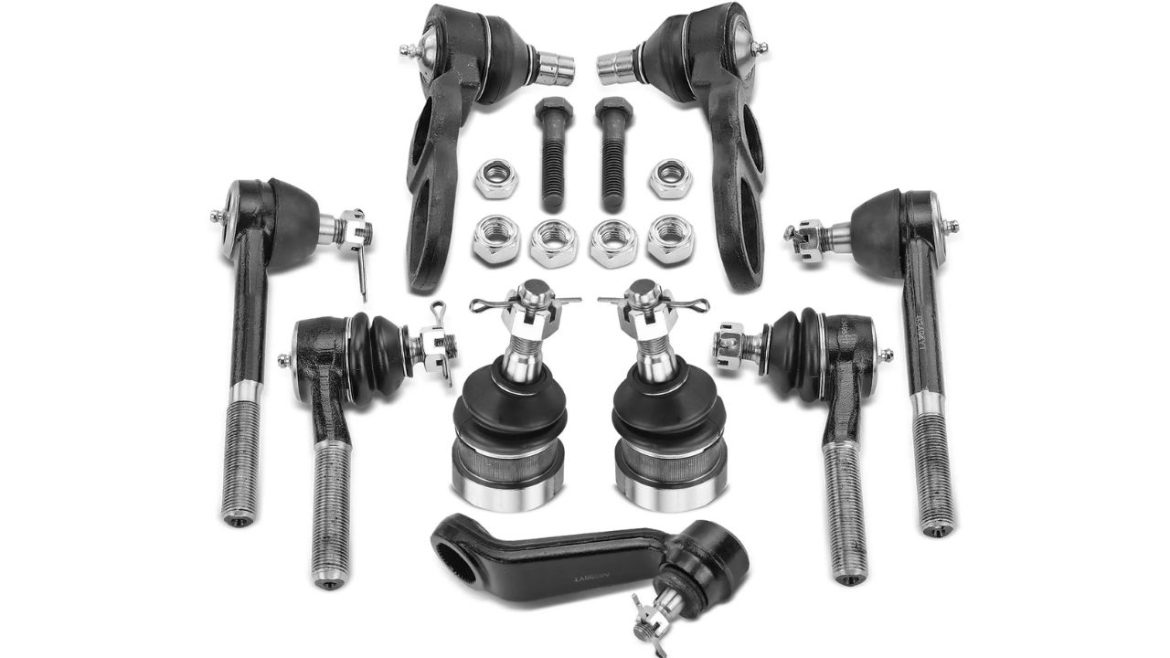In the realm of modern automotive engineering, where precision and comfort are paramount, the control arm emerges as a vital player. Known interchangeably as the A-Premium control arm or wishbone, the control arm quietly assumes a critical role in the realm of stability, control, and driving ease. In this comprehensive exploration, we embark on a journey to unravel the intricacies of control arms – their functions, diverse types, key components, and the art of their upkeep.
The Functionality of Control Arms
Control arms stand as the unsung heroes of automotive suspension systems. Whether adorning the front or rear of your vehicle, they diligently bridge the gap between the suspension components and the vehicle’s chassis. Their mission: to enable controlled movement, dampen road jolts, and ensure unbroken tire contact with the road. These actions harmonize to gift you that smooth, controlled, and reassuring driving experience.
Varieties of Control Arms
Upper Control Arms:
- Placed loftily above their lower counterparts.
- Orchestrators of vertical wheel movement.
- Masters of camber and caster angles, thus ruling tire wear and steering poise.
Lower Control Arms:
- Residing beneath the upper control arms.
- Weight-bearing champions of the suspension system.
- Architects of suspension geometry and driving dynamics.
Control Arms in Detailed Dissection
The anatomy of control arms unravels as follows:
- Arm: The structural cornerstone of the control arm, typically forming an ‘A’ shape, bequeathing it alternative titles like A-arm or wishbone.
- Bushings: These are the soft, yielding envoys, made of rubber or polyurethane, that cushion the embrace between the control arm and its mounting points on the chassis. Their purpose? To absorb vibrations and facilitate graceful motion.
- Ball Joint: The pivot point, the interface that bonds the control arm to the steering knuckle. This joint’s finesse lies in its capacity for both vertical and horizontal movement, orchestrating seamless steering and suspension articulation.
- Mounting Points: These sturdy anchors secure the control arm firmly to the vehicle’s frame and other suspension components.
The Significance of Pristine Control Arm Performance
- Master of Handling: Control arms exert a dominant influence over a vehicle’s handling and stability. Ailing control arm bushings or ball joints can cast a shadow of imprecision on your steering, compromise road grip, and introduce instability.
- Tire Tread’s Keeper: Malfunctioning control arms can tip the delicate balance of wheel alignment, fostering uneven tire wear. This not only foreshortens your tire’s lifespan but also tarnishes your vehicle’s performance credentials.
- Comfort Commander: Intact control arms are the maestros orchestrating a harmonious symphony of a smooth ride. They absorb the tremors of the road and keep vibrations at bay, ensuring your comfort even on rugged terrains.
Indications of Control Arm Compromises
- Tire Tread Tell-Tale: Notice excessive wear on the inner or outer edges of your tires? It’s a clarion call for control arm scrutiny.
- Symphonies of Discontent: Vibrations or disconcerting clunks when traversing bumps could signal worn-out control arm bushings or ball joints.
- Steering Saga: Wrestling with the steering wheel, a wandering vehicle, or a loose sensation while driving can often be traced back to the control arm’s malaise.
Maintenance and Replacement Rituals
- Regular Vigilance: Cultivate a habit of periodic control arm component checks to catch the earliest signs of wear and tear. Cracks, tears, or damaged bushings are telltale signs.
- Bushing Banishment: When bushings show signs of fatigue, replacing them promptly is a wise move to sustain optimal suspension performance. Polyurethane bushings, in particular, offer longevity and ruggedness beyond the reach of rubber.
- Ball Joint Benevolence: Regularly scrutinize ball joints for any play or excessive wear. In many cases, they are swapped out as part of the control arm assembly.
- Professional Panache: Bear in mind that control arm maintenance and replacement demand specialized tools and expertise. For these tasks, enlisting the services of a seasoned mechanic is the prudent choice.
Conclusion
Control arms, the unsung heroes of suspension systems, hold the keys to a safe, comfortable, and dynamically stable driving experience. Their influence on handling, tire wear, and overall vehicle performance is undeniable. Through vigilant maintenance and prompt replacement of aging components, the integrity of your vehicle’s suspension system remains intact, ensuring a harmonious journey on the open road.
